The greenhouse effect and its consequences – Investigating global warming
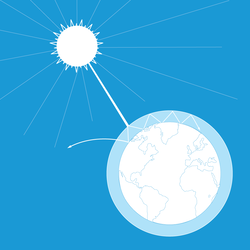
Brief description In this set of three activities, students will do hands-on experiments and learn how to interpret satellite images for better understanding the overall effects of global warming. In activity 1 students will make a model to demonstrate the greenhouse effect by showing that a higher level of carbon dioxide (CO2) means a higher […]
Highways of the Oceans – Sea currents and the connection to climate
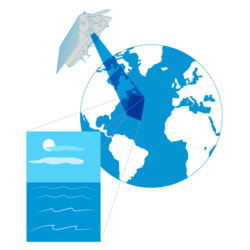
Brief description In this set of three activities, students will use an multimedia module to learn about sea currents, the highways of the oceans, and how they are important for understanding local climates. Using a hands on activity they will investigate what causes ocean currents. They will also use satellite images to analyse the temperature […]
Sea ice from space – Investigating Arctic sea ice and its connection to climate
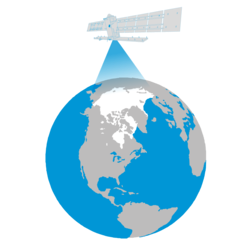
Brief description In this set of three activities, students will investigate Arctic sea ice. First, they will perform a hands-on activity to find out what happens ‘when the ocean freezes’. Then, they will use satellite images to analyse the sea ice concentration and extent and how these parameters have changed in the last decades. They […]
Planetary Heat Pumps
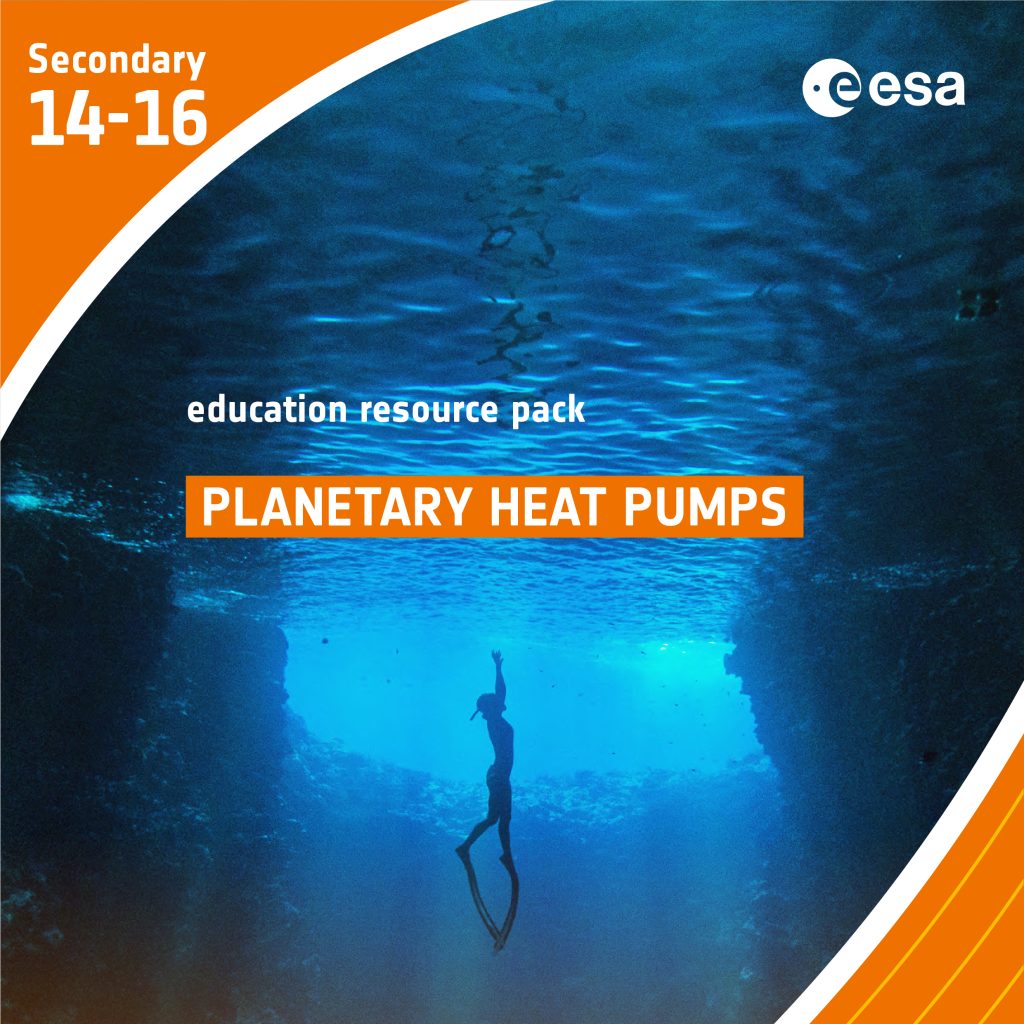
Brief description In this set of three activities, students will learn how ocean circulation has an impact on climate. In the introductory activity, they carry out calculations to compare the relative impact of global warming on the atmosphere and oceans. A practical activity using readily available equipment allows students to see how water of different […]
Biodiversity and Habitat Loss
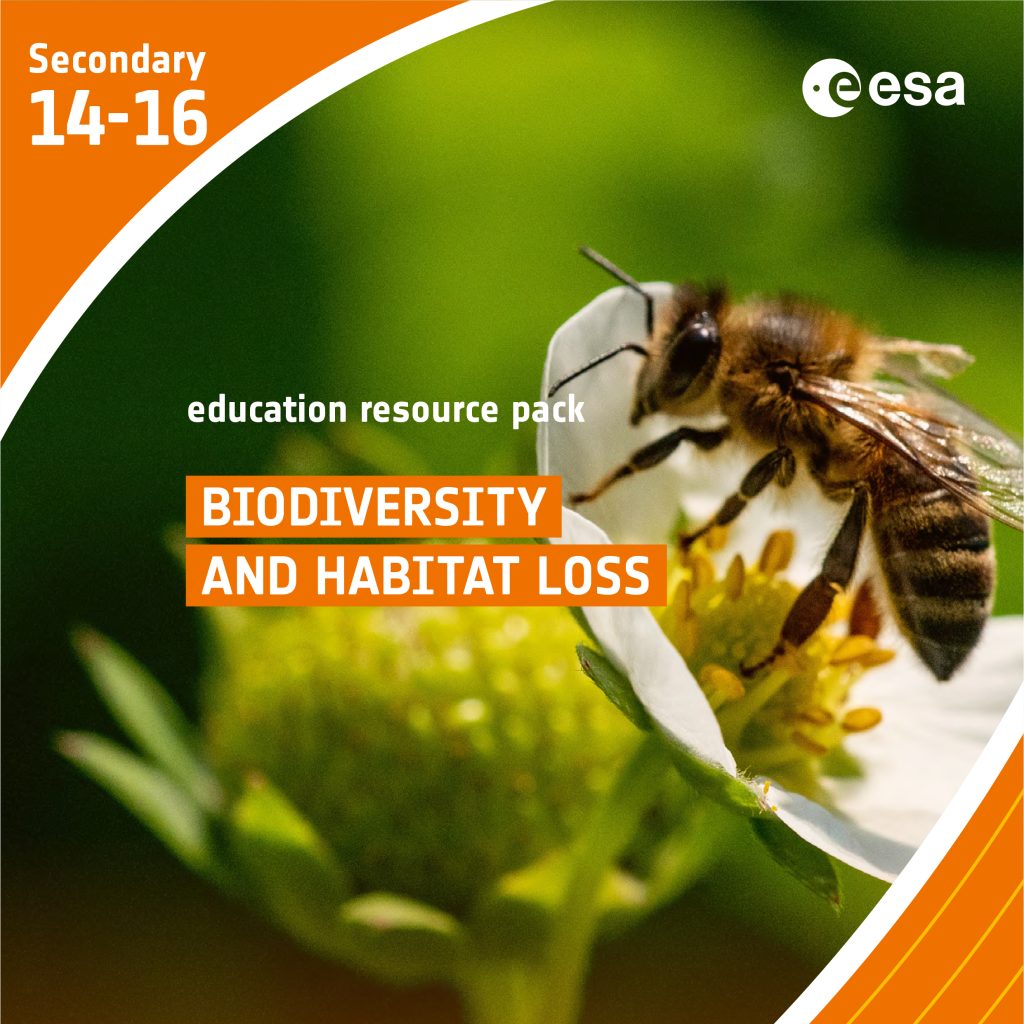
Brief description In this set of three activities, students will start with a reading assignment that introduces vocabulary and ideas that are key to considering the relationship between climate change and ecosystems. A field survey of a local area, which can be carried out using home-made equipment, is extended to include a measurement of biodiversity […]
Urban Hotspots
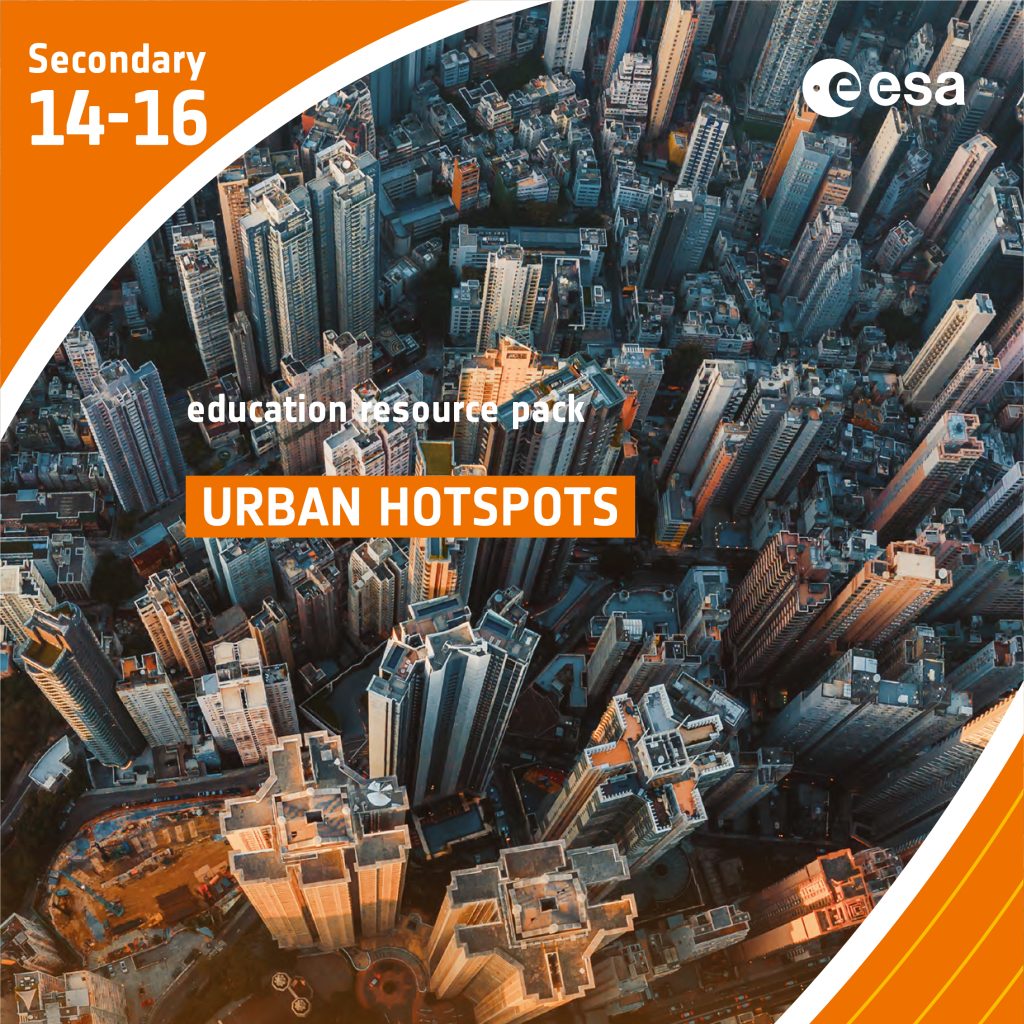
Brief description In this set of three activities, students will learn how the built environment leads to the urban heat island effect and how Earth observation can be used to monitor this effect and support attempts to reduce it. In the first activity, students explore visual temperature data for a city and use it to […]
Taking the Pulse of the Planet- Upper secondary
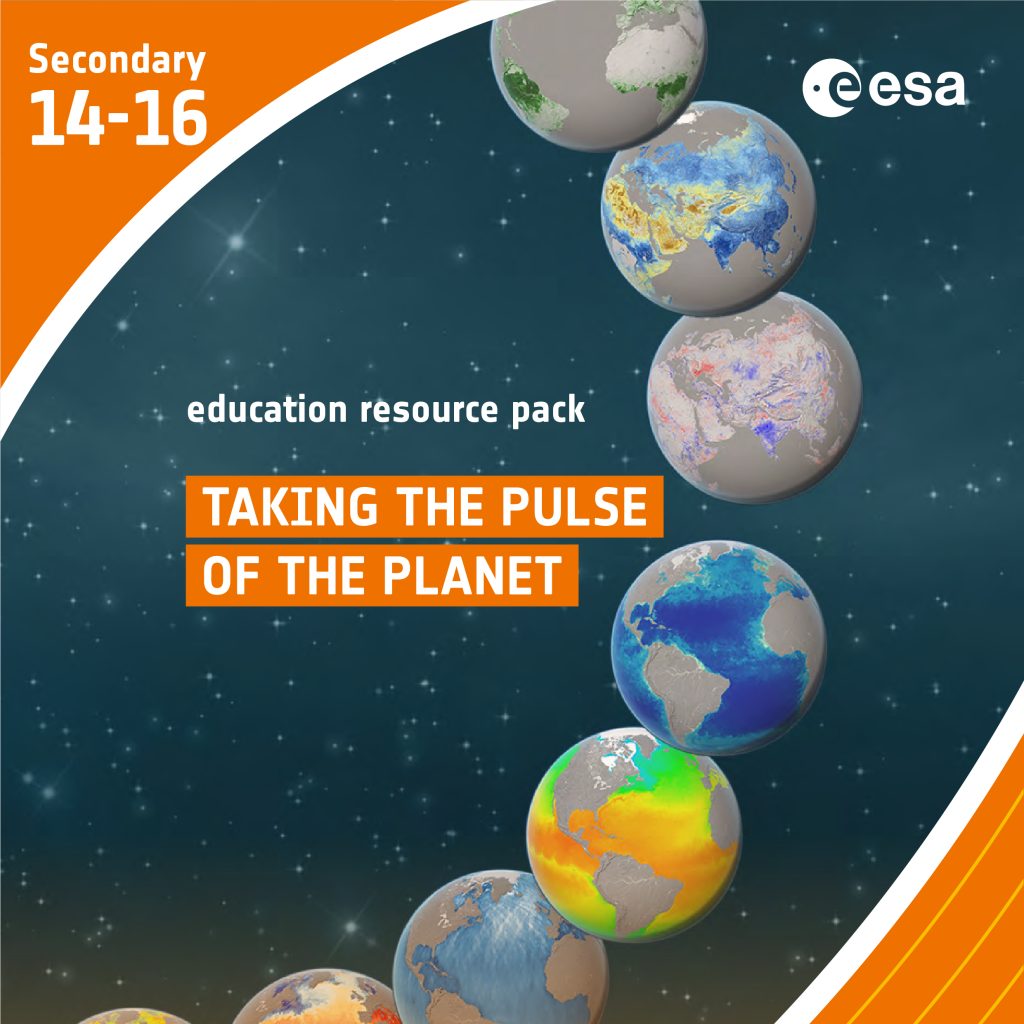
Brief description In this set of three activities, students will learn about how data is collected by sensors and how the orbit of a satellite affects the detail that can be obtained. A text-based activity introduces the concept of remote sensing and looks at how sensors and satellites in different orbits can be matched to […]
Taking the Pulse of the Planet
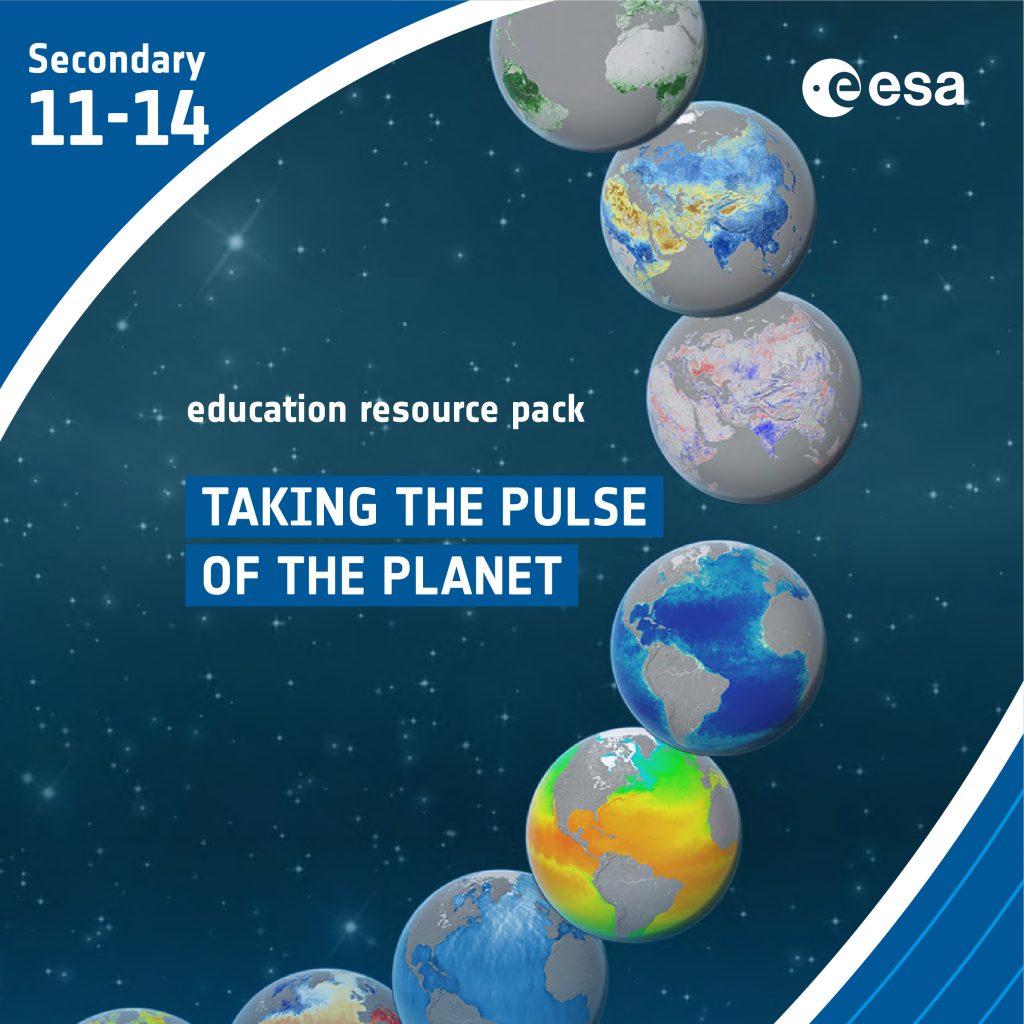
Brief description In this set of three activities, students will learn how various types of electromagnetic radiation are used to observe how our planet is changing. The first activity reviews the regions of the electromagnetic spectrum and outlines how they are used in Earth observation. In the second activity, students learn about false-colour images and […]
The Carbon Cycle
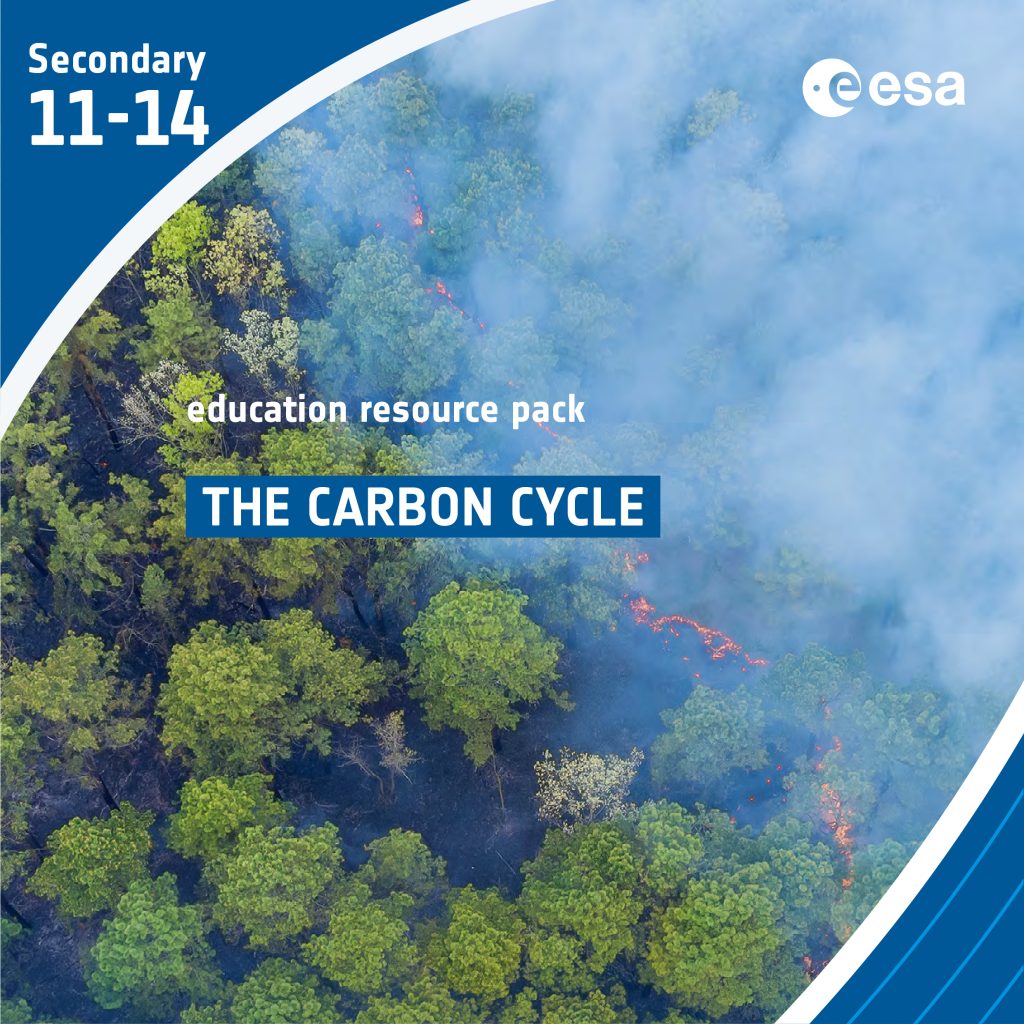
Brief description In this set of three activities, students will learn about the carbon cycle and use it to identify actions at the individual and community level to reduce the amount of carbon being emitted to the atmosphere. A practical activity using household materials considers the impact of ocean acidification, allowing students to design a […]
A Passage opens – Arctic sea ice and climate change

Brief description In this set of three activities, students will discover the important role Arctic sea ice plays in the Earth’s climate system. The activities are set in the context of the Northwest Passage. The first activity is a mathematical investigation into sea ice melt rate to illustrate what is meant by Arctic amplification. A […]

